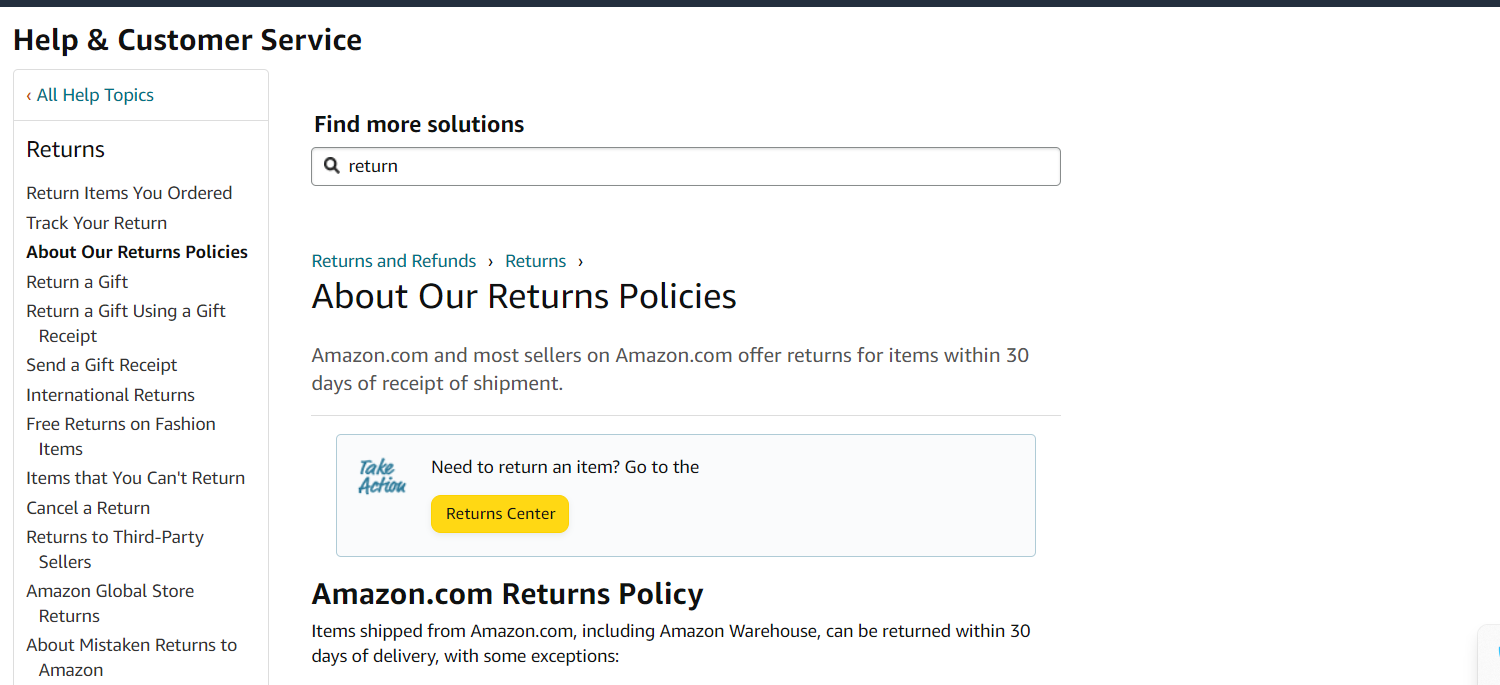There is no doubt about the fast-paced growth in the e-commerce industry over the last few years. This increase happens due to the extensive range of goods that can be accessed at a single click and, more importantly, how convenient it makes shopping for consumers. Despite the tremendous industry growth, issues with e-commerce can cause stagnation and reduced customer efficacy.
In this article, we will discuss the most significant electronic commerce technology trends, challenges, and opportunities.
Top E-Commerce Challenges and Their Solutions
It's impossible to foresee all possible challenges of e-commerce. However, by taking the time to consider these common issues, you'll be better equipped to build a successful digital marketplace. Let’s explore electronic commerce problems and solutions one by one.
Challenge #1. Shopping Cart Abandonment
Between 59.2% and 79.8% of shoppers abandon their online carts, which leads to significant revenue loss for many businesses. Whether due to a lack of trust, high shipping costs, or a complicated checkout process, cart abandonment is one of the most challenging issues in e-commerce.
Solution: Ensure every element of your website or app's navigation system functions smoothly so visitors don't get frustrated. Streamline the checkout process by eliminating unnecessary fields, ensuring customers can complete their purchases quickly and easily. Additionally, make buttons like "add to cart" visible on each page. This way, users know exactly where to click when they're ready to buy. This is how it’s implemented on Amazon:

Challenge #2. More Shoppers Switch Stores
Let's face it: keeping customers loyal in online shopping is tougher than ever. If you're running an e-commerce business, you've probably noticed how quickly shoppers can jump ship to try out the latest brand that catches their eye.
It's not just your imagination playing tricks on you. McKinsey & Company found that 75% of U.S. consumers switched shopping habits during the pandemic, giving new brands a shot. Why? It mostly came down to better value, products being in stock, and good old convenience.
Solution: Forrester's research shows that people love messaging experiences where they can immediately answer a quick question and get a human-like response. Nailing this conversational support is key to keeping customers happy and returning for more.
A solid 69% of customer support bigwigs believe the best customer relationships come from personalized, messenger-style interactions. It's like having a friendly shop assistant in your pocket, ready to help 24/7.
Challenge #3. Security and Fraud Risks
Verizon says 43% of data breaches hit small businesses. It's not just about data leaks, either. You've got to watch out for payment scams that can empty your accounts and sneaky hackers who love to hijack customer profiles.
Solution: When it comes to handling payments, play it safe. Use processing systems that meet industry standards like PCI DSS. It's not just about ticking boxes – it's about giving your customers peace of mind whenever they pull out their credit cards.
Next, turn your customers into your security allies. A little education goes a long way. Encourage them to use strong passwords and two-factor authentication.
Lastly, keep your guard up. Regular security check-ups aren't just good practice – they're essential. Think of them as a health screening for your website. Find and fix those weak spots before anyone else does.
Challenge #4. High Customer Expectations
Online shoppers today want it all – personalized recommendations, fast shipping, easy checkout, and top-notch service. If they don't get it, they're gone in a click. With mobile shopping booming (m-commerce is expected to hit 44.6% of e-commerce sales in 2024), keeping customers happy is tougher than ever.
Solution: First, make your website shine on mobile. If it looks great on phones, you're already winning half the battle. Next, supercharge your customer service. Train your team to solve problems fast and keep track of issues like pros. When customers need help, be there in a flash. Lastly, let your data guide you. Use it to understand why people buy and where they get stuck. This knowledge is your secret weapon for improving the shopping experience.
Challenge #5. Managing Product Returns and Refunds
Let's discuss the headache that keeps e-commerce owners tossing and turning at night: returns and refunds. A whopping 86% of shoppers check out return policies before they even think about hitting that "buy" button. And get this – 63% are more likely to come back for purchases if the return experience is seamless.
Solution: Make the return policy crystal clear and easy to understand. Take a leaf out of Nordstrom's book. They slap their return policy in a notification bar at the top of their website. Another pro tip? Tuck it into your FAQ section and explain the return policy step by step to avoid misunderstandings.
Take a page from the big players like Amazon, Nordstrom, and Costco. They have turned returns into an art form, making customers feel safe and comfortable.
This is how the return policy is explained on the Amazon marketplace:

Challenge #6. Omnichannel Headache
Keeping your brand consistent across your website, social media, app, and physical store is a real pain. Customers expect a smooth ride, whether scrolling Instagram or walking into your shop. The big issue is that when you mess this up, you lose sales and end up with grumpy customers. And let's not even get started on trying to keep all their info straight across different platforms. It's enough to make you want to pull your hair out.
Solution: First, get your customer service game on point everywhere. Whether someone's chatting on your site or sliding into your DMs, make sure they're getting the same great help. Next, make your brand look and feel the same no matter where people find you.
You can also build online hangouts for your customers – Facebook groups, forums, whatever. Give them a place to chat and feel like part of your crew. This way, customers feel they're dealing with one awesome brand, not separate channels. Nail this, and you'll have people bouncing from your Instagram to your website to your store without missing a beat.
Challenge #7. Relevant Leads Attraction
One of the biggest challenges is identifying and attracting genuinely interested customers in your products or services. The primary difficulty lies in pinpointing your target audience amidst the vast sea of online consumers. Understanding their needs, preferences, and behaviors is essential yet complex. Moreover, the highly competitive nature of e-commerce means that numerous businesses require the attention of the same customer base, making it difficult to stand out.
Another significant hurdle is the risk of attracting poor-quality leads – individuals who engage with your marketing efforts but have little intention of purchasing. These leads can drain resources and skew marketing metrics without contributing to the bottom line.
Solution: Start with thorough customer profiling, which means data analysis to create further elaborate personae of the customers, including their demographic variables, interests, and purchase behavior. This, therefore, forms the basis for your targeting strategy.
Second, use targeted advertising. Invest in social media ads and Google Ads so that your product is exposed to people who might be your potential customers, as they have already shown interest in similar products or services. Retargeting campaigns are the most effective in this regard.
Another tool in your arsenal is content marketing. Create valuable and relevant content that touches on the interests and pain points of the target audience to pull organic, qualified leads. This can range from blog posts to videos or informative guides about your product niche. Consider using lead magnets – enticing offers like free trials or product demonstrations that will make potential customers engage with your brand. They can be very effective in converting interest into leads.
Lastly, don't underestimate the power of customer referrals. Encourage satisfied customers to spread the word about your e-commerce store by offering discounts or loyalty rewards for successful referrals. This is a great example of a referral program realized by Cult Beauty.

Conclusion
Though e-commerce is exploding, online shopping challenges and potential success factors accompany this sector's growth: shopping cart abandonment, customer loyalty, security threats, high expectations, and omnichannel consistency.
A secure environment, customer journey optimization, great customer service, and seamless experiences in all channels will turn challenges into opportunities. Being adaptive and focusing on the customer will enable e-commerce businesses to meet and exceed shoppers' expectations, fostering sustainable growth that can secure a competitive edge in the market.
Svitla Systems will gladly help you overcome B2B e-commerce challenges. Contact us for a consultation.



![[SM cover] AI implementation in e-commerce](https://svitla.com/wp-content/uploads/2024/12/SM-cover-AI-implementation-in-e-commerce-560x310.jpg)

